Repsol Q2 Pad Gas and Mud Release
Unified Command


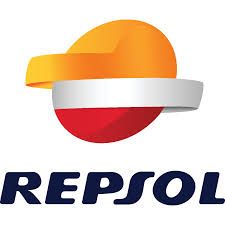
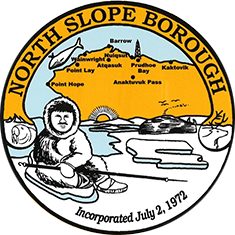
Whenever there is an incident involving more than one agency with jurisdiction, a joint command arrangement, called the Unified Command is implemented. This webpage provides a compilation of general information, reports, press releases, maps and relevant links meant to aid members of the Unified Command and inform the public during a response. Not all information provided here has been jointly approved or endorsed by every member of the Unified Command.
- Location
- Q2-Pad, Nuiqsut, Alaska
- Time/Date
- 10:29 AM on February 15, 2012
- Spill Id
- 12399904601
- Product/ Quantity
- Approximately 42,000 gallons (1,000 barrels) of fresh-water-based drilling mud were released to the ice drilling pad and adjacent snow-covered tundra. An unknown amount of gas was also released. Drilling mud is used to lubricate the drill, control formation pressure, and remove cuttings from the bore. No oil was spilled during the release event.
- Cause
- Repsol contractor Nabors Drilling was drilling an exploratory well when the drill penetrated a shallow gas pocket at a depth of 2,523 feet, resulting in a gas kick. The gas kick drove drilling mud out of the well and through the gas diverter onto the ice pad and adjacent snow-covered tundra. The gas diverter is a pipe that extends approximately 75 feet from the drilling rig toward the south edge of the pad. Additional mud was pumped into the well in an attempt to control it, but that mud was also forced out by the gas.
ADEC Situation Reports
- 04/10/2012 1300 (PDF 856K)
- 03/18/2012 1530 (PDF 286K)
- 03/16/2012 1530 (PDF 282K)
- 03/13/2012 1530 (PDF 273K)
- 03/06/2012 1530 (PDF 480K)
- 03/03/2012 1530 (PDF 489K)
- 03/02/2012 1530 (PDF 504K)
- 03/01/2012 1530 (PDF 650K)
- 02/29/2011 1530 (PDF 335K)
- 02/28/2011 1530 (PDF 645K)
- 02/27/2012 1530 (PDF 715K)
- 02/26/2012 1500 (PDF 789K)
- 02/25/2012 1500 (PDF 713K)
- 02/24/2012 1600 (PDF 253K)
- 02/23/2012 1600 (PDF 947K)
- 02/22/2012 1600 (PDF 670K)
- 02/21/2012 1500 (PDF 188K)
- 02/20/2012 1400 (PDF 228K)
- 02/19/2012 1400 (PDF 228K)
- 02/18/2012 1400 (PDF 345K)
- 02/17/2012 1500 (PDF 318K)
- 02/16/2012 1400 (PDF 224K)
- 02/15/2012 1930 (PDF 225K)
- 02/15/2012 1600 (PDF 657K)
Incident Update
April 10, 2012
- Spill responders from Alaska Clean Seas (ACS), Penco and CCI used heavy equipment, such as loaders, excavators, trimmers, skid-steers, hydraulic hammers and snow machines with trailers, to remove the spill material from the heaviest contaminated zones. Hand tools were used to recover drilling mud from the areas of lightest contamination. Cleanup crews removed approximately 6,286 cubic yards of spilled material from the snow-covered tundra. In addition, 2,402 cubic yards of down-hole material and 116,928 gallons of water-based mud and freshwater from the steam units were recovered from the drilling pad during the initial response.
- Repsol hired a surveying contractor to assist in calculating the off-pad impacted area and the volume of the material released to the tundra. The contractor estimated that 21,114 bbls of down-hole material were released to the tundra during the initial blow-out. In addition, they calculated the total impacted area as 23.75 acres. An area of 16.76 acres of lightly-misted material was determined to be unrecoverable, and no cleanup occurred in this zone.
- On April 1, 2012, a group from the Kuukpikmiut Subsistence Oversight Panel, Inc. (KSOP) and from the village of Nuiqsut visited the site to see how the cleanup had progressed. The group was satisfied with the work that had been done and said that they did not believe that any further cleanup needed to be performed.
- On April 5, 2012, the final site inspection team, composed of representatives from the North Slope Borough, KSOP, ADEC, ADNR and Repsol, made the final site inspection. The team agreed that no further cleanup actions were required. ADEC's field monitors were demobilized from the site on April 6, 2012.
Contact Information
Maps
Click map for larger view

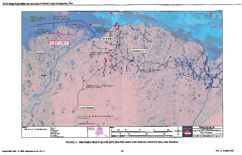
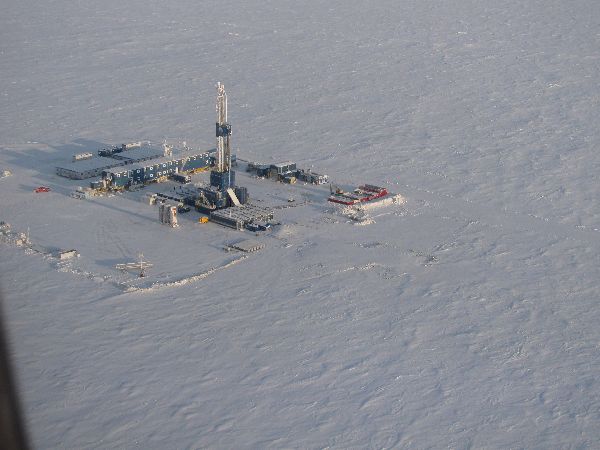
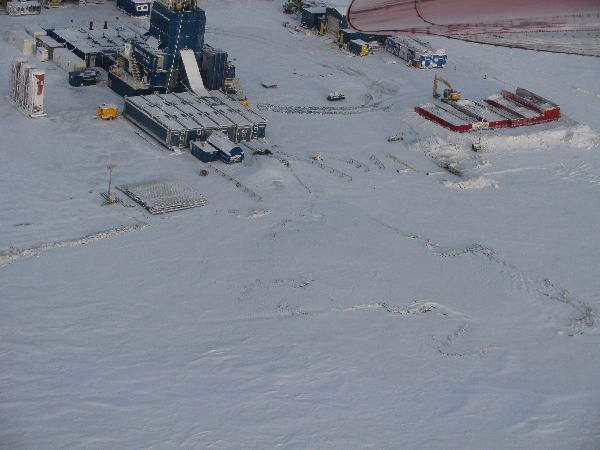






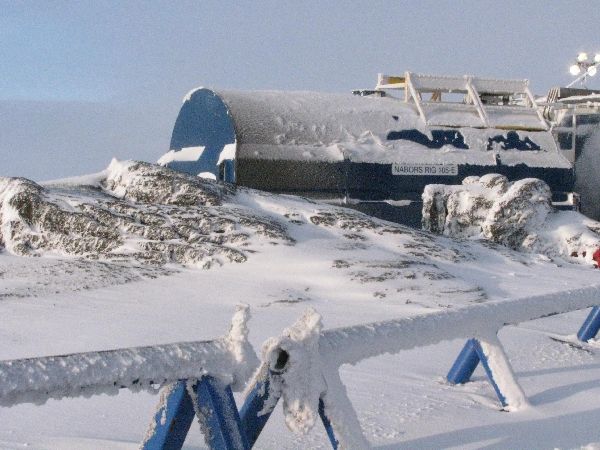


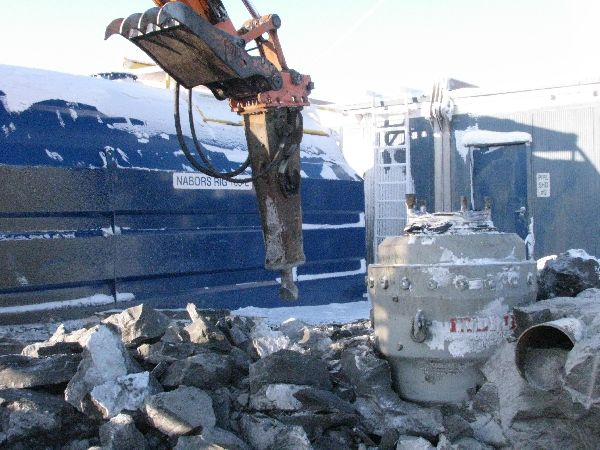
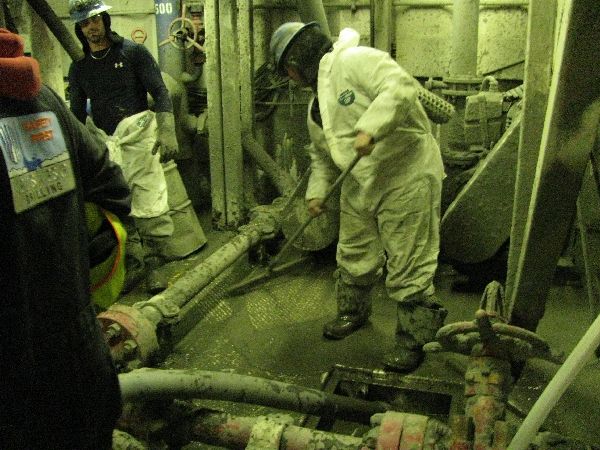

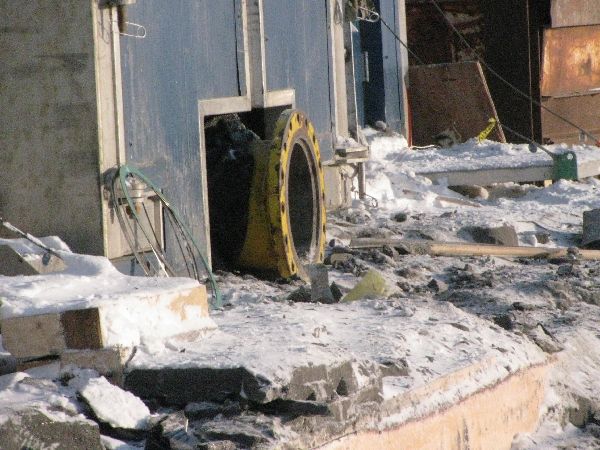

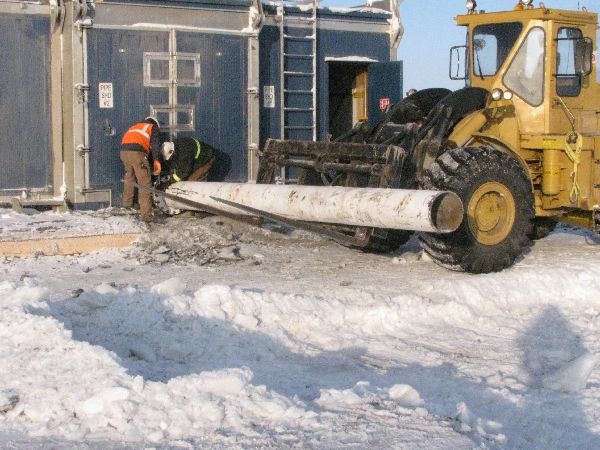
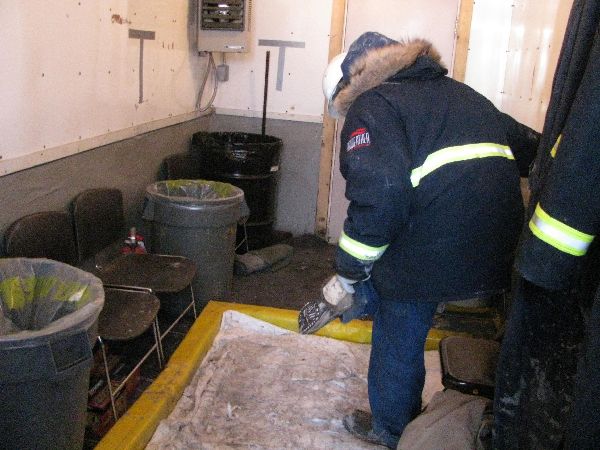

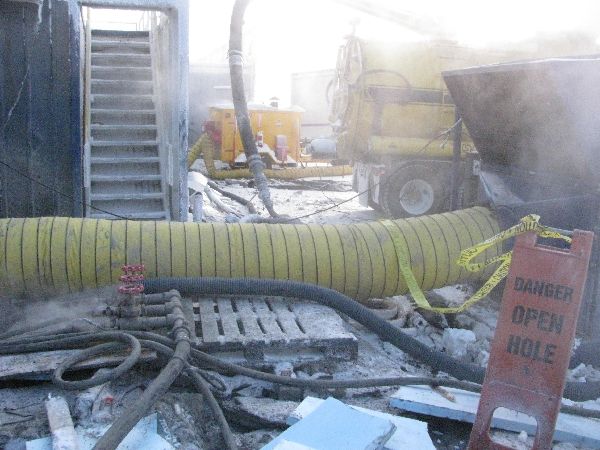

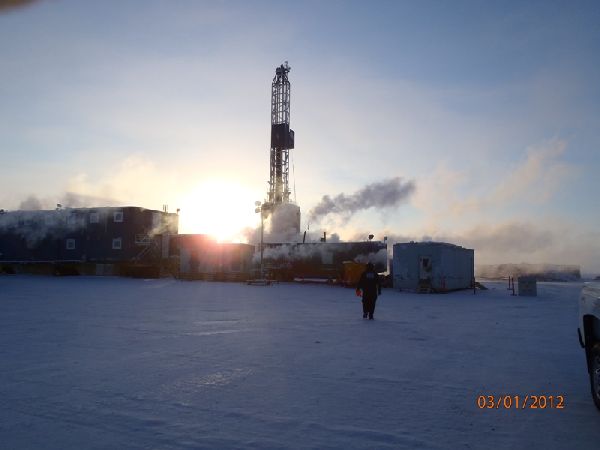
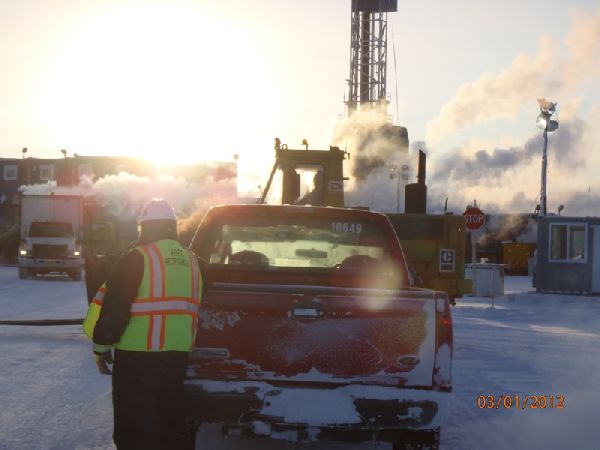

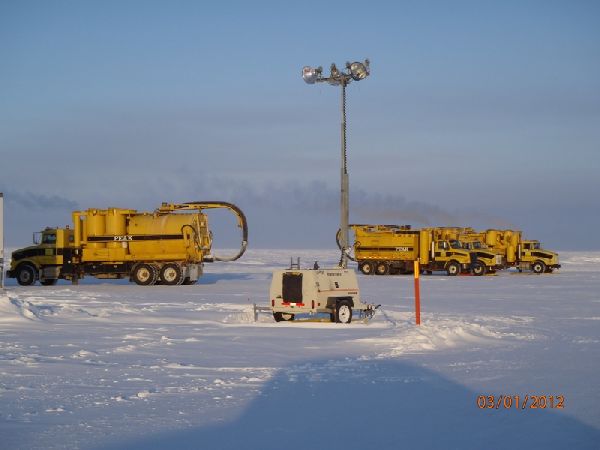


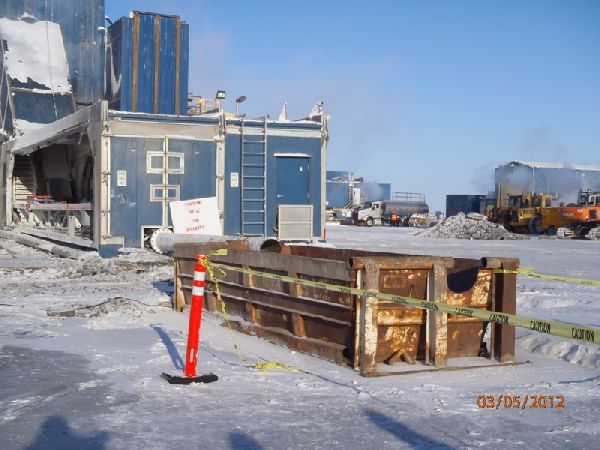
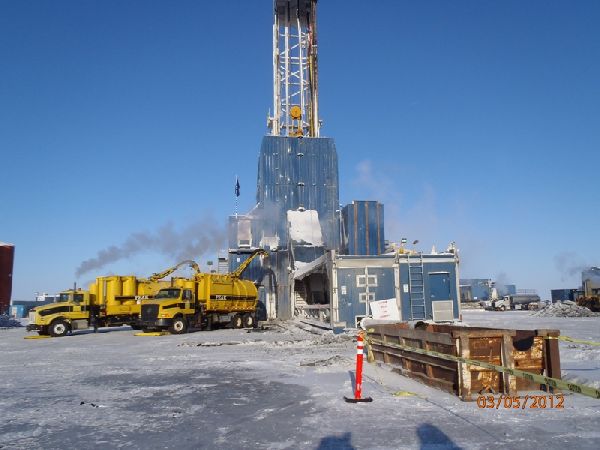

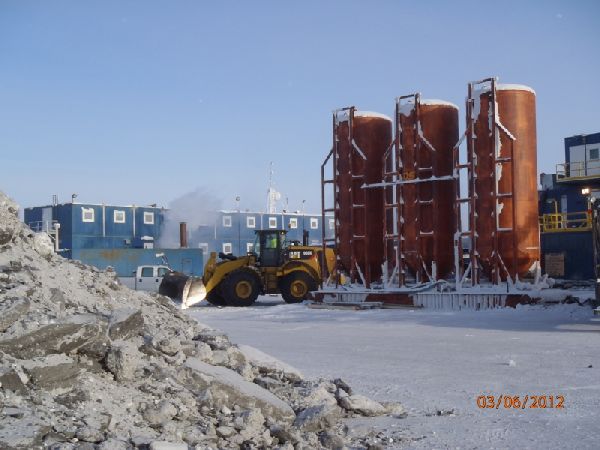


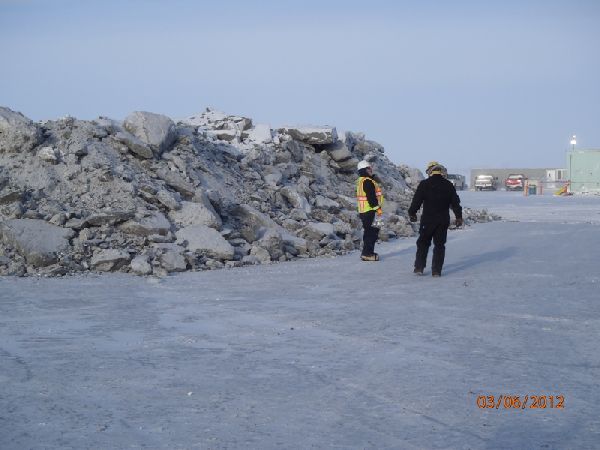
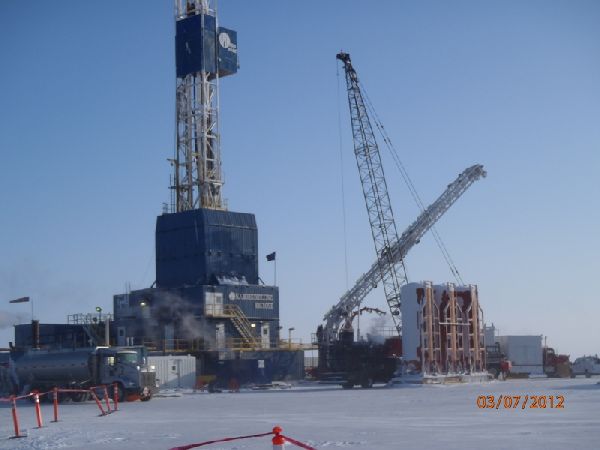
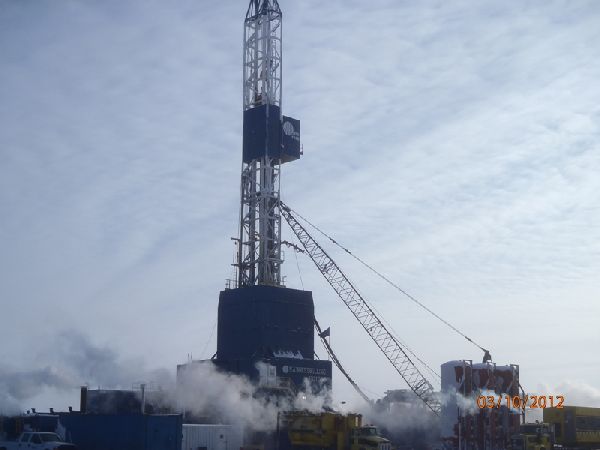
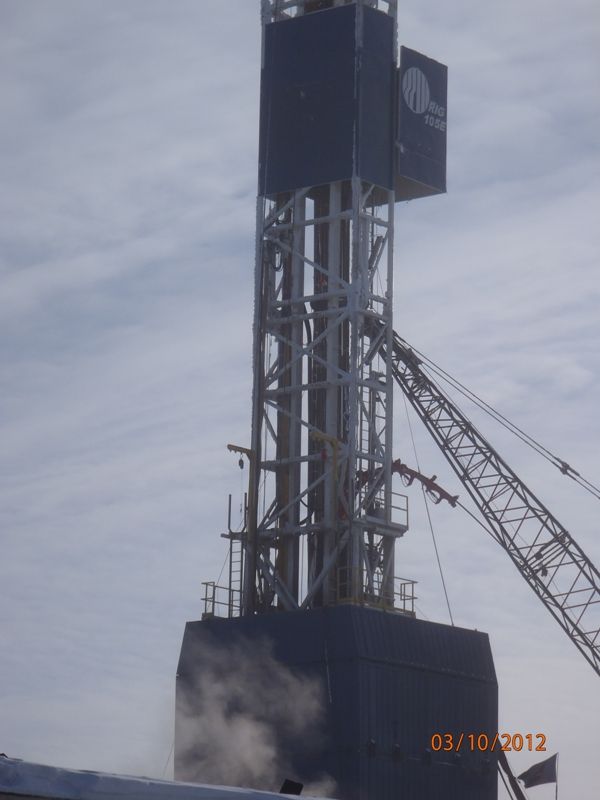
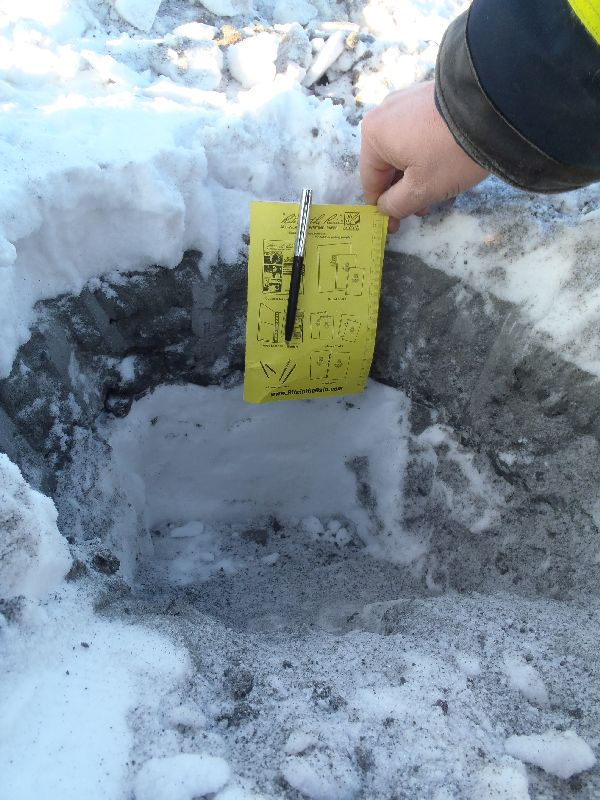

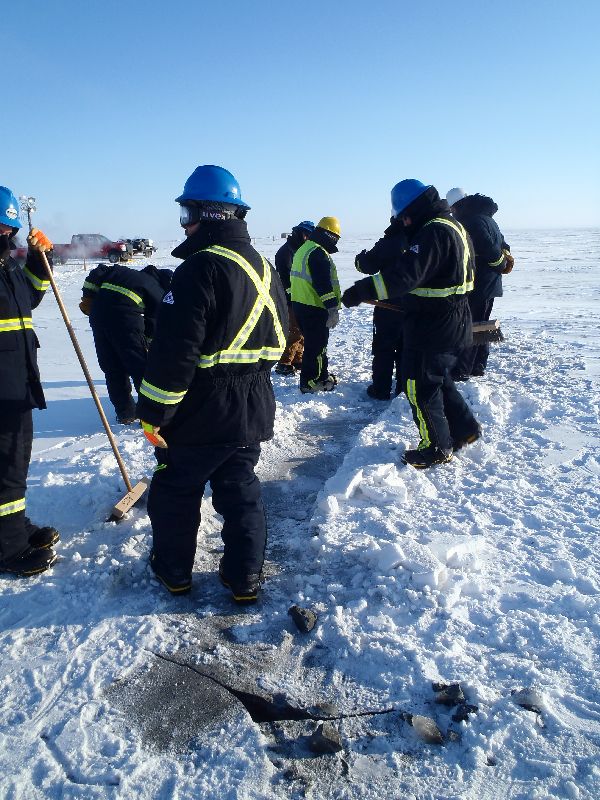
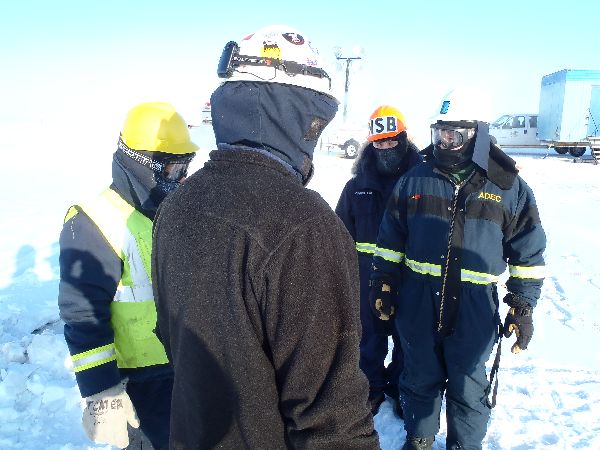



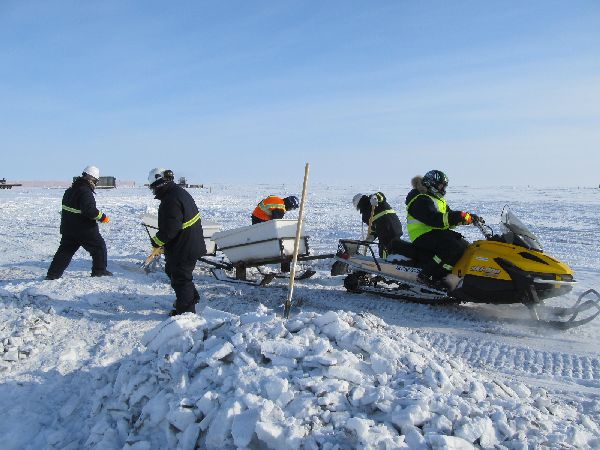
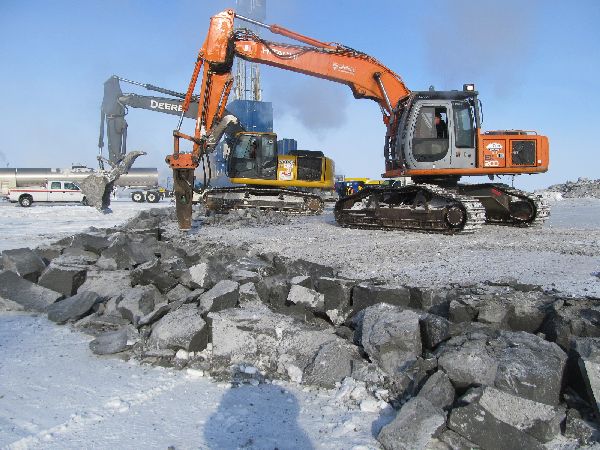

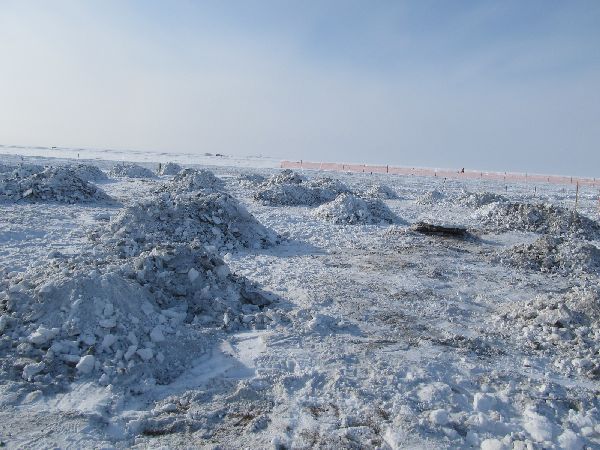
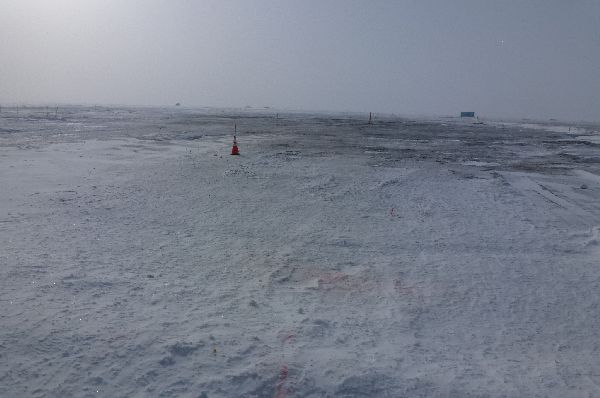

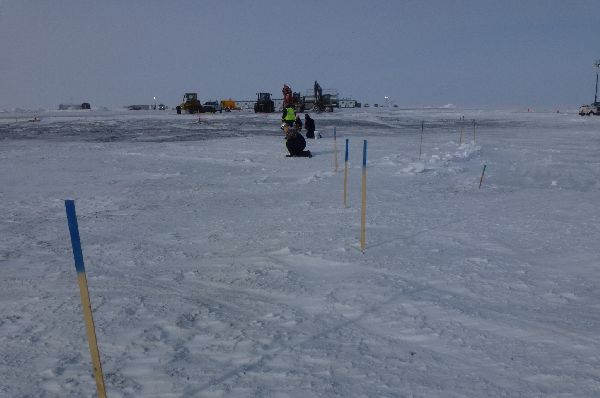
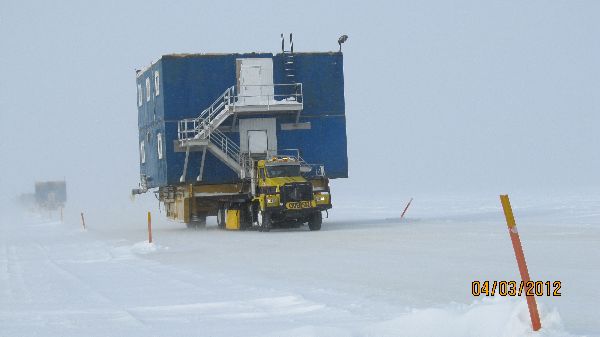
 Indicates an external site.
Indicates an external site.